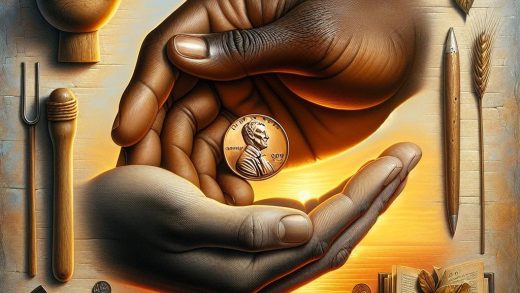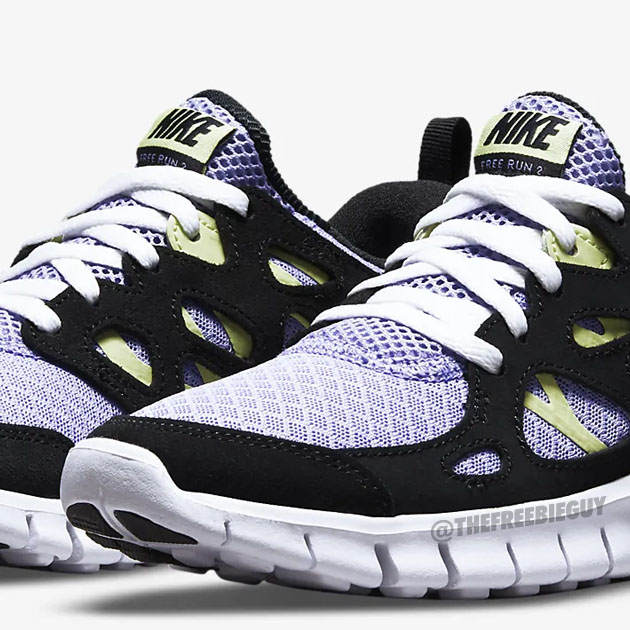In a world increasingly defined by rapid consumption and fleeting trends, the quest for sustainability has never been more urgent. As we navigate the complexities of modern living, a powerful shift is taking place—a movement that champions the power of what was once considered yesterday’s treasure. Enter the realm of second-hand goods and rentals: a treasure trove of opportunity that not only nurtures our wallets but also nurtures our planet. In this article, we will explore the myriad benefits of embracing sustainable practices through pre-loved items and the economics of renting, unveiling how these choices are reshaping our relationship with consumption. Join us as we delve into why opting for second-hand and rentals is not just a savvy financial decision but also a vital step towards fostering a more sustainable future for all.
Discovering the Financial and Environmental Benefits of Second-Hand Shopping
Second-hand shopping is not just a trendy choice; it’s a profound decision that carries both financial and environmental weight. Opting for pre-loved items can lead to significant savings, as gently used products often cost a fraction of their original price. Benefits include:
- Cost-Efficiency: Save money on clothing, furniture, and electronics.
- Diverse Selection: Unique finds that express individual style.
- Quality Over Quantity: Many second-hand items have stood the test of time.
On the environmental front, embracing second-hand goods contributes to the reduction of waste and diminishes the carbon footprint associated with manufacturing new items. Each purchase helps extend the lifecycle of products and minimizes the demand for new production. Consider the following table that highlights the impact:
| Impact Area | Second-Hand Shopping | New Purchases |
|---|---|---|
| Carbon Emissions | Lower emissions due to less manufacturing | Higher emissions with every new item |
| Waste Generated | Reduces landfill contributions | Increases landfill overflow |
| Resource Consumption | Utilizes existing products | Relies heavily on new resources |
By choosing second-hand or rental options, consumers engage in a sustainable practice that not only benefits their wallets but also takes a step toward protecting our planet for future generations.
Unlocking a Sustainable Lifestyle: How Rentals Reduce Waste and Save Money
Adopting a rental lifestyle is not just a smart financial decision; it’s also a significant step towards reducing our environmental footprint. By choosing to rent instead of buy, individuals can contribute to a more sustainable economy that emphasizes reuse over waste. Consider the benefits of this approach:
- Less Waste: Renting reduces the accumulation of goods that often end up in landfills.
- Affordability: Access to high-quality items without the hefty price tag can make financial sense.
- Flexibility: Renting allows for trying out items without the long-term commitment, ideal for those who prefer variety.
- Shared Resources: Engaging in a rental economy fosters community and shared ownership.
To further illustrate the financial advantages, take a look at this simple comparison of renting versus buying common household items:
| Item | Average Purchase Cost | Average Rental Cost (per month) | Savings Over 12 Months |
|---|---|---|---|
| Power Tools | $300 | $30 | $240 |
| Bicycles | $700 | $50 | $600 |
| Camping Equipment | $400 | $40 | $360 |
With these costs in mind, the impact of embracing rentals becomes clear—not only do we save money, but we also help to create a healthier planet.
Closing Remarks
As we take a step back and reflect on the choices we make in our daily lives, it becomes clear that the path to sustainability isn’t just paved with grand gestures; it’s also built on the simple, yet impactful decisions we make every day. Embracing second-hand goods and opting for rentals is not merely a trend; it’s a conscious commitment to our planet and our communities.
By choosing these alternatives, we are not only saving our wallets from the strain of fast fashion and new purchases but also extending the life of countless items that might otherwise end up in landfills. Each thrifted treasure and borrowed item carries a story, a sense of history, and a connection to a more sustainable future.
So, as you consider your next purchase, remember that every choice counts. Let your decisions reflect a mindful approach towards consumption, one where eco-consciousness and financial prudence go hand in hand. Together, we can cultivate a culture that honors the past, embraces the present, and nurtures the future—one second-hand item or rental at a time. Join the movement, make the smart choice, and watch as your wallet and the planet flourish in harmony.










